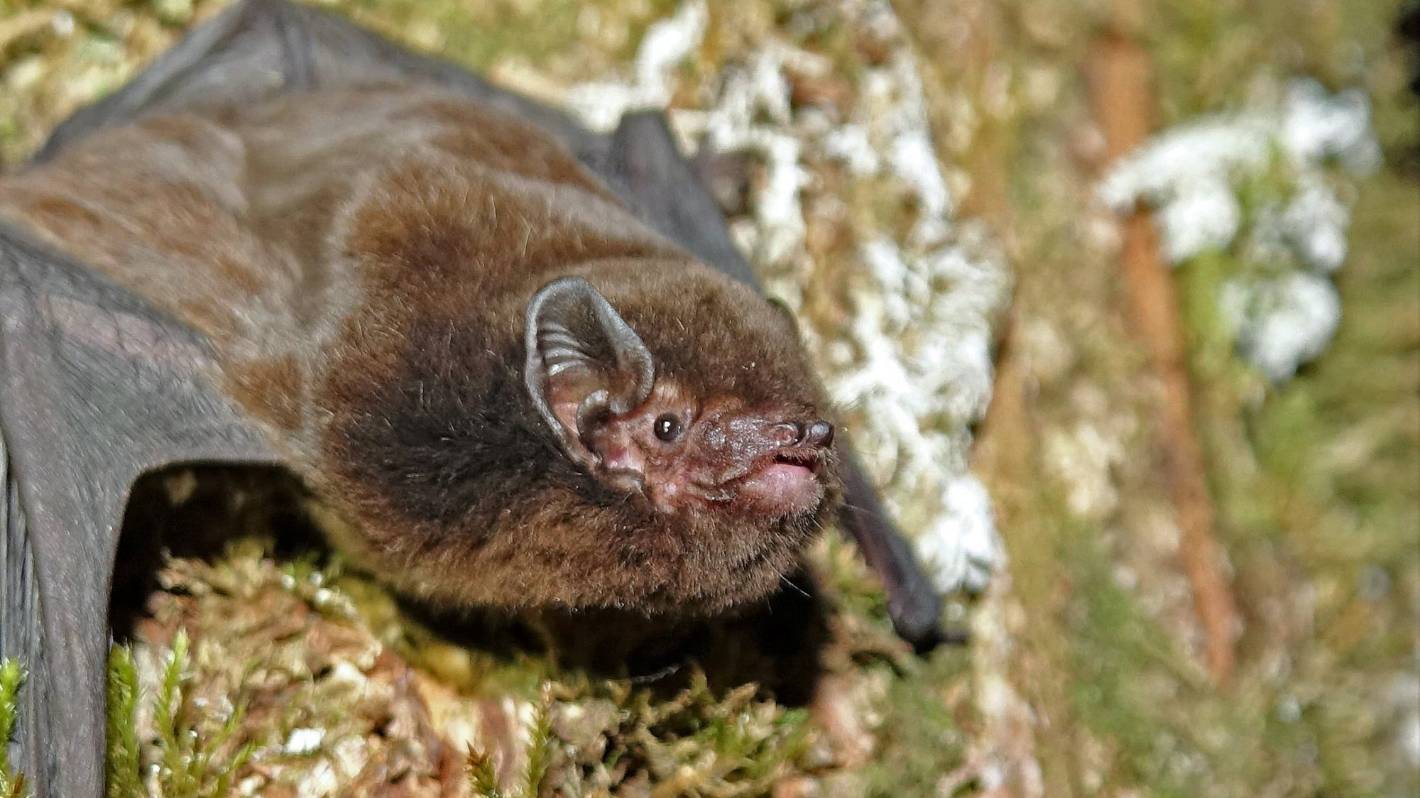The discovery of New Zealand’s smallest mammal in a new spot in Whangārei is being treated by a big deal by biodiversity specialists, as it could mean the animals are not as endangered as first thought.
The long-tailed bat has been recorded in Tāika Forest/Mount Tiger as part of an inventory of species and biodiversity values of the area.
The bat, pekapeka tou roa, is classified as nationally critical, which means it is facing an immediate to high risk of extinction.
But the discovery means the long-tailed bat might be more widespread than first thought and likely means there will be more in people’s backyards, Northland Regional Council biodiversity advisor Loren Carr said.
READ MORE:
* Cat victim flies free after three month recovery at Hamilton Zoo
* ‘Sassy’ bat that survived cat attack now flying again
* Is it a bird? No, it’s the incredible long-tailed bat
The 520ha Tāika Forest is owned by the council and includes large old trees where the bats love to roost, such as totara, puriri, kauri and old pine, she said.
“It goes to show if you can manage to keep some large residents of bush, there’s no reason why [the bats] can’t be there.”
Ian Davidson-Watts/Supplied
Long-tailed bats, pekapeka tou roa, are about the size of an adult thumb and catch insects on the wing by using their tail like a net. (File photo)
The bats are tiny – weighing about as much as two AAA batteries – making them vulnerable to predators like cats and stoats, Carr said.
In Northland sites like Tāika Forest, predator control is already in place to help North Island brown kiwi, which are flourishing so well they are no longer classified as endangered.
Carr hoped to see the same happen for the long-tail bats.
She described them as “fuzzy and cute”.
Denise Piper/Stuff
Northland Regional Council biodiversity advisor Loren Carr and cultural advisor Winiwini Kingi are pleased long-tailed bats, pekapeka tou roa, have been found in Tāika Forest/Mount Tiger.
Their popularity had increased since winning the 2021 Bird of the Year title and people were beginning to understand they didn’t get stuck in your hair or suck on blood like a vampire, she said.
For Māori, the bats were considered an ancient creature and were known as the pets of Hine-nui-te-pō, the goddess of the night, council and predator-free cultural advisor Winiwini Kingi said.
The discovery of the bats in Tāika Forest was good news for local hapū Te Kahu o Torongare and Ngāti Tu, he said.
“They’ve come a long way; our tīpuna knew that they were here as well.
“It’s amazing that they’ve come this far down the generations, with all the development and everything changing around them.”
But Kingi said the discovery also raised more questions about how strong the long-tailed bat survival was and what was helping keep them alive.
Carr agreed there was still a lot more that needed to be researched, with the recording of the bats’ high-frequency sounds only showing they were present in the forest, not indicating numbers or roost sites.
With 320ha of the forest planted in pine, the council needed to survey the trees for roosts before any were cut down, she said.
Anyone wishing to spot the bats in their backyard should look for them at dusk, with their acrobatics while catching insects helping distinguish them from welcome swallows, Carr said.




